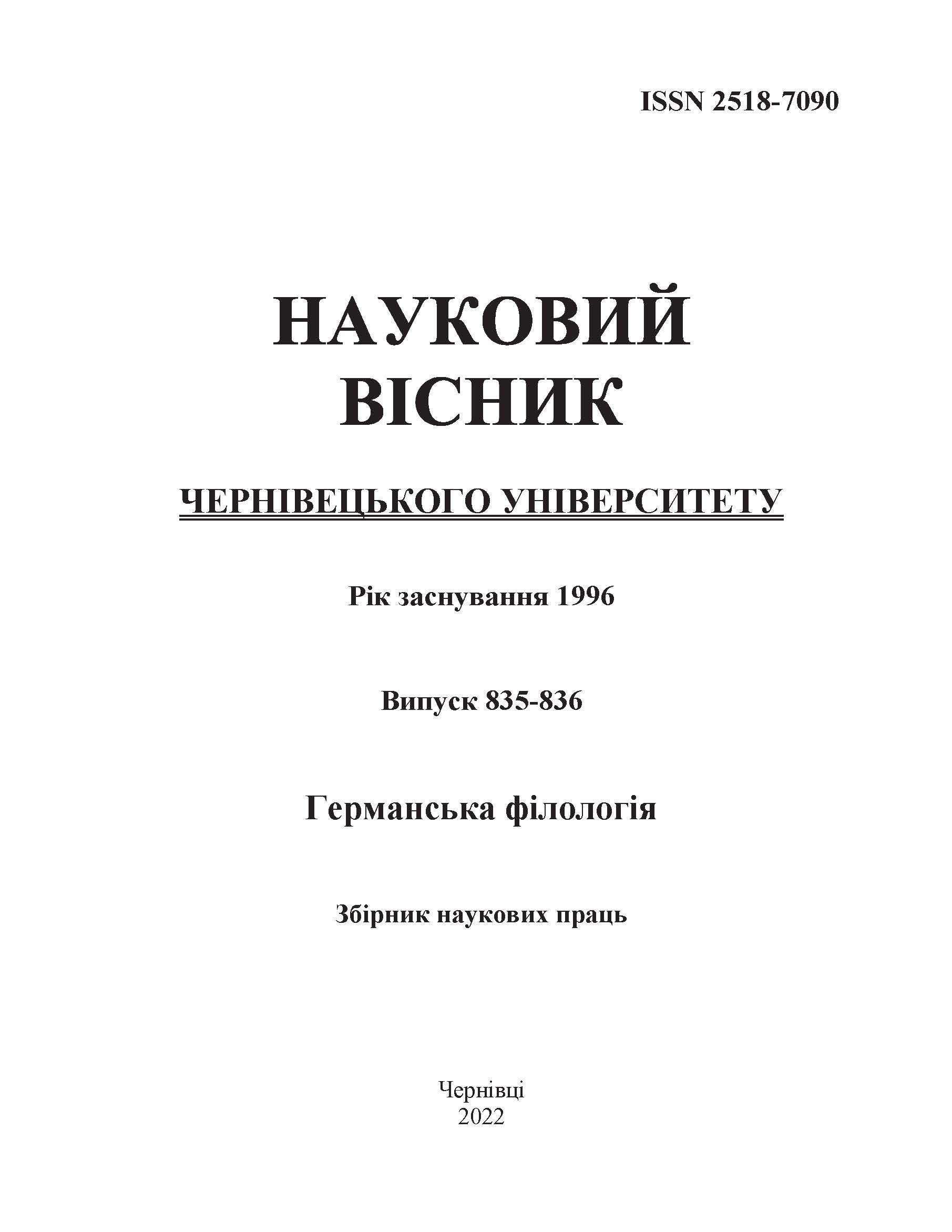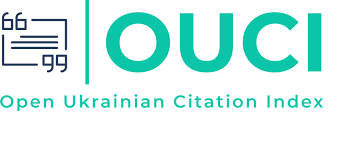ПОЛІСИСТЕМНИЙ ПІДХІД ДО АНАЛІЗУ ПЕРЕКЛАДУ НІМЕЦЬКОМОВНОЇ ПОЕЗІЇ Ґ. ТРАКЛЯ
DOI:
https://doi.org/10.31861/gph2022.835-836.117-127Ключові слова:
полісистемний підхід, критика перекладу, поетичний переклад, строфіка, метрика, художній образ, художній засібАнотація
У статті реалізується спроба розробити орієнтовну схему аналізу поезії на етапі доперекладацького аналізу та сформулювати критерії аналізу якості перекладу німецькомовної поезії українською мовою з застосуванням полісистемного підходу. Матеріалом дослідження обрано вірші Ґ. Тракля та їхні переклади українськими перекладачами – Т. Гавриловим, М. Фішбейном та
Д. Наливайком. Дослідження проведено у три етапи. На першому етапі проаналізовано життєвий та творчий шлях Ґ. Тракля; визначено тематичне спрямування його творчості та фактори, які вплинули на формування його ідіостилю як поета; досліджено історію написання віршів та створення збірки
«Sebastian im Traum»; визначено провідні мотиви та ідеї поезії Ґ. Тракля, композиційні особливості, ключові образи, символіку, особливості віршування; охарактеризовано художні та виражальні засоби німецької мови у поезії автора. В результаті проведеного аналізу сформульовано особливості ідіостилю Ґ. Тракля і представлено у вигляді word cloud. На другому етапі здійснено аналіз якості перекладу поезії Ґ. Тракля українською мовою на прикладі віршів «Grodek», «Kindheitserinnerung» і «Begegnung». Оскільки об’єктом дослідження є вірші, кожен з яких є самобутньою альтернативою об’єктивній реальності та детально змальовує конкретну ситуацію чи подію як фрагмент авторської картини світу за допомогою вербальних засобів, здійснюємо аналіз якості перекладу на фонетичному, синтаксичному та функціональному рівнях. Аналіз перекладу поезії Ґ. Тракля показав, що перекладачі успішно відтворюють у своїх перекладах строфіку та формальні особливості кожного вірша, досягають ефекту какофонії, як і автор, шляхом застосування дисонансу, анафори та алітерації. Щодо синтаксичного та функціонального рівнів, то тут перекладачі вслід за автором використовують у своїх перекладах різноманітні стилістичні засоби, серед яких домінують епітет, риторичне питання, інверсія, метафора, гіпербола, метонімія та персоніфікація. Таке різноманіття стилістичних засобів пояснюється тим, що поетична мова Ґ. Тракля надзвичайно багата, вражає глибиною і влучністю образів, широким спектром конотативних відтінків та символікою. На третьому етапі дослідження розроблено алгоритм аналізу поезії Ґ. Тракля на етапі доперекладацького аналізу та сформульовано критерії аналізу якості перекладу німецькомовної поезії українською мовою з застосуванням полісистемного підходу.







